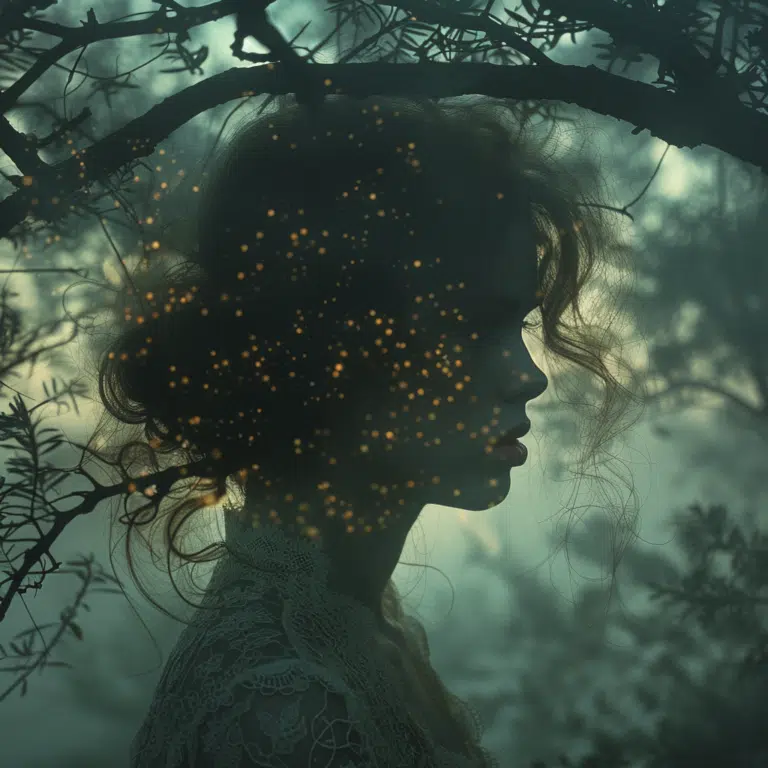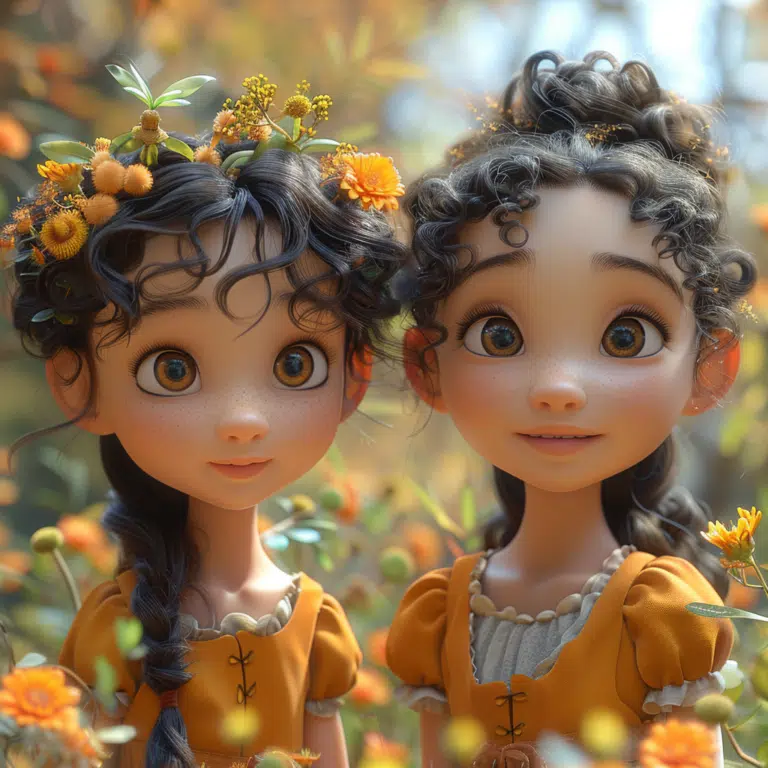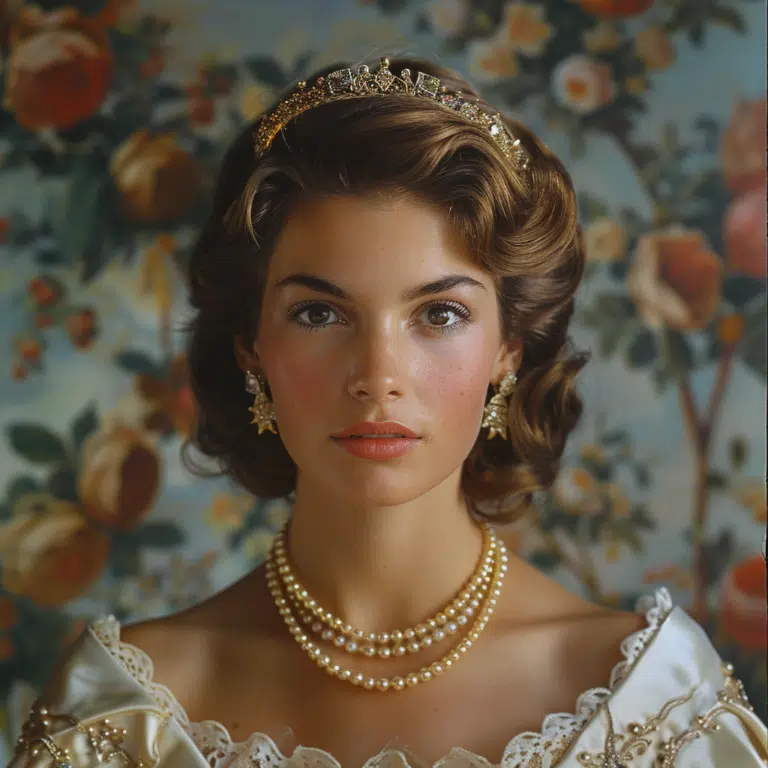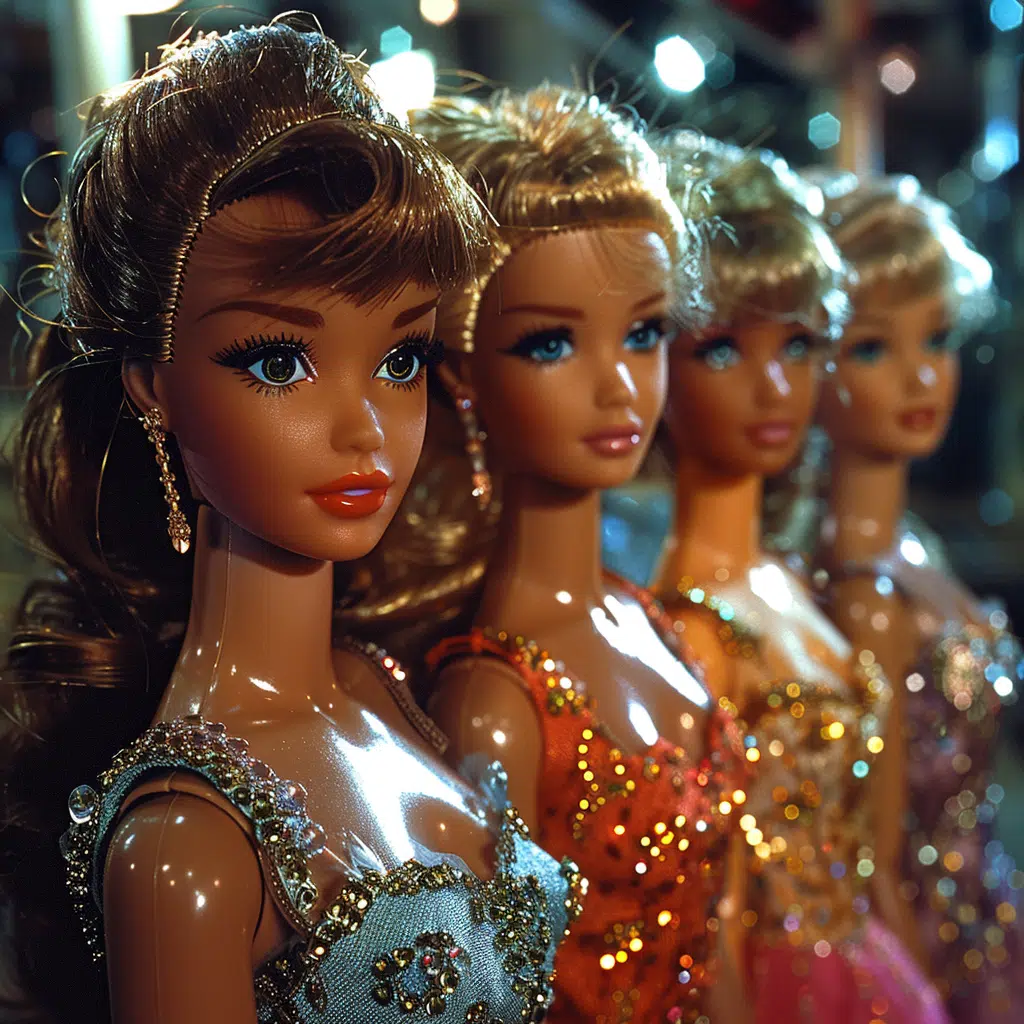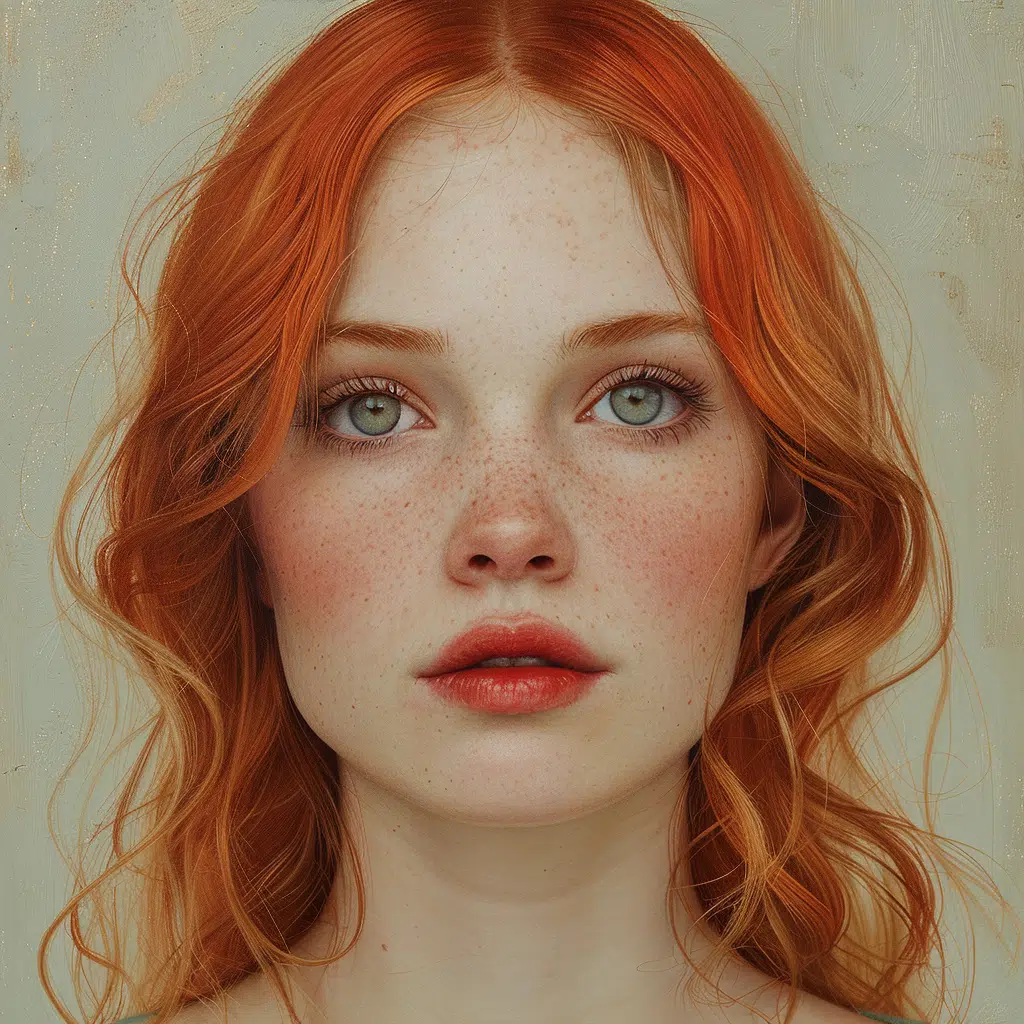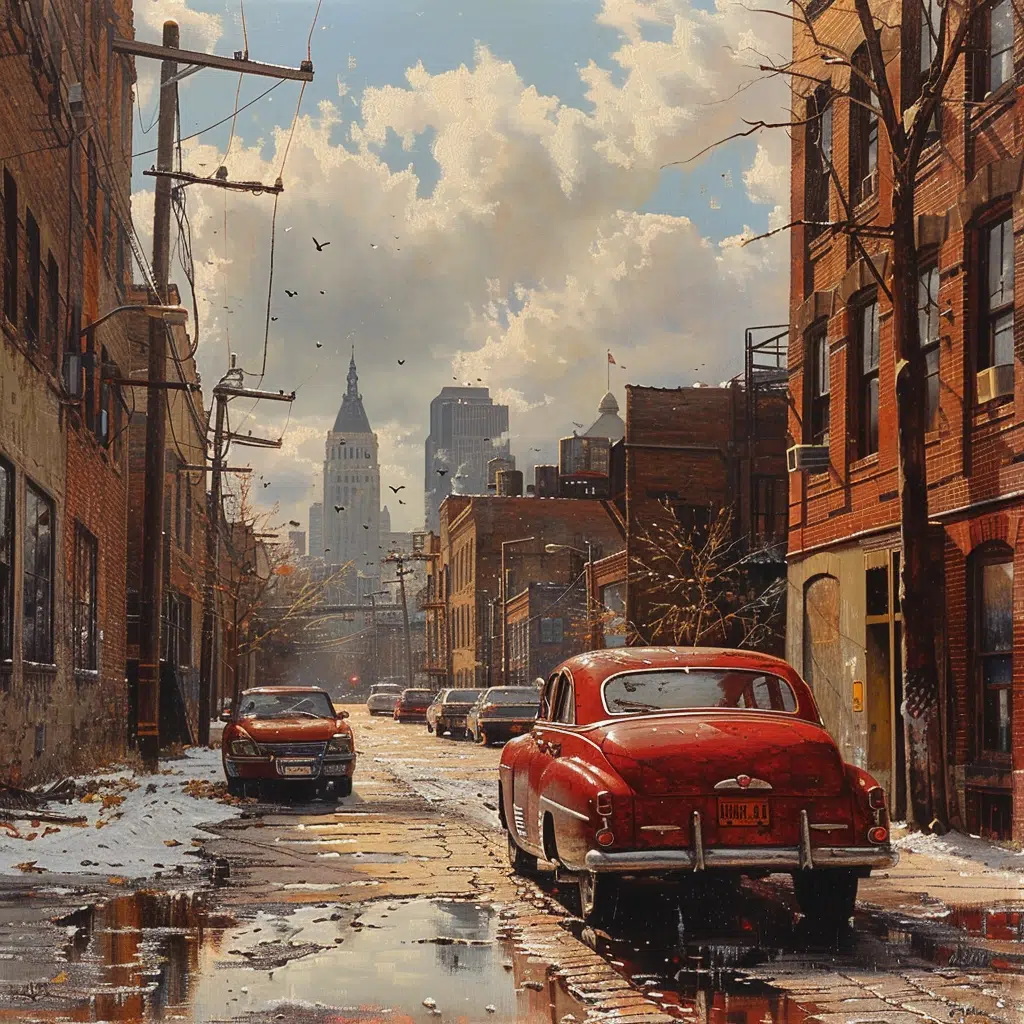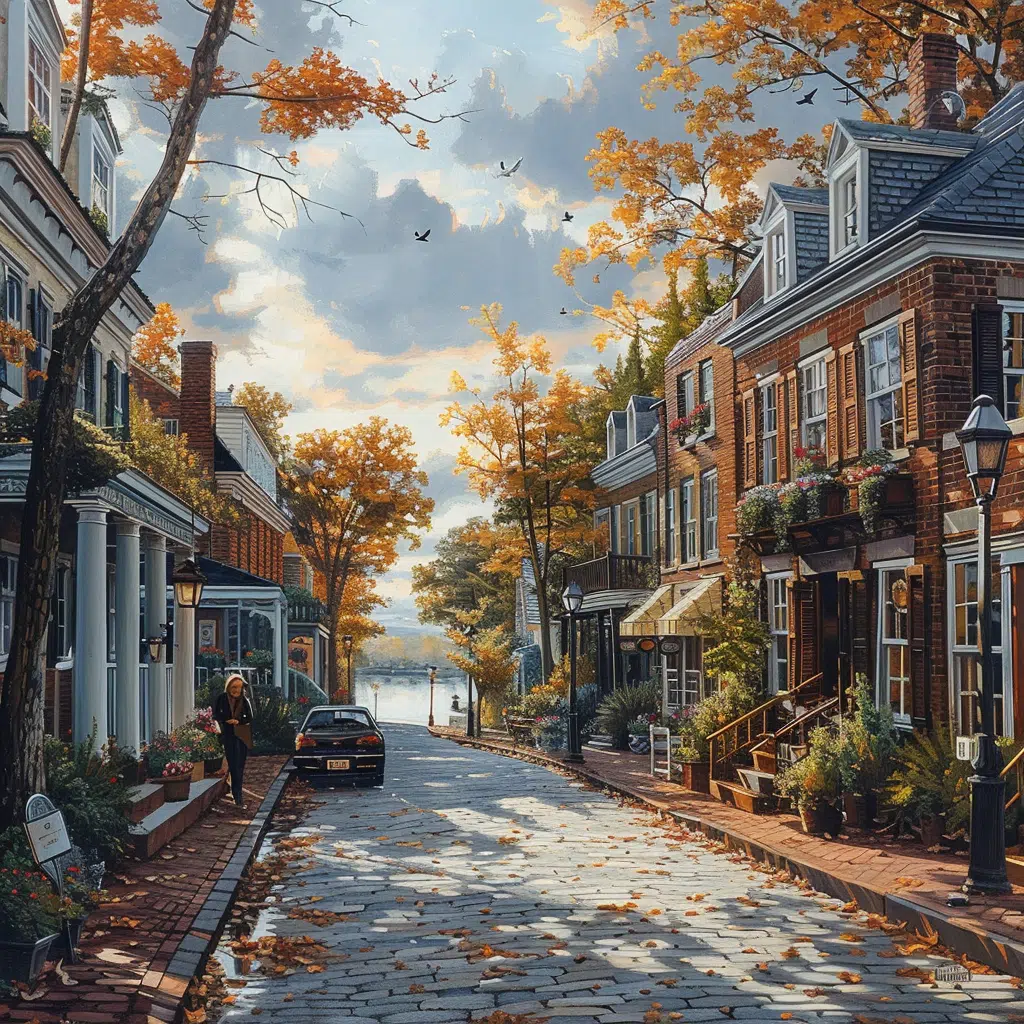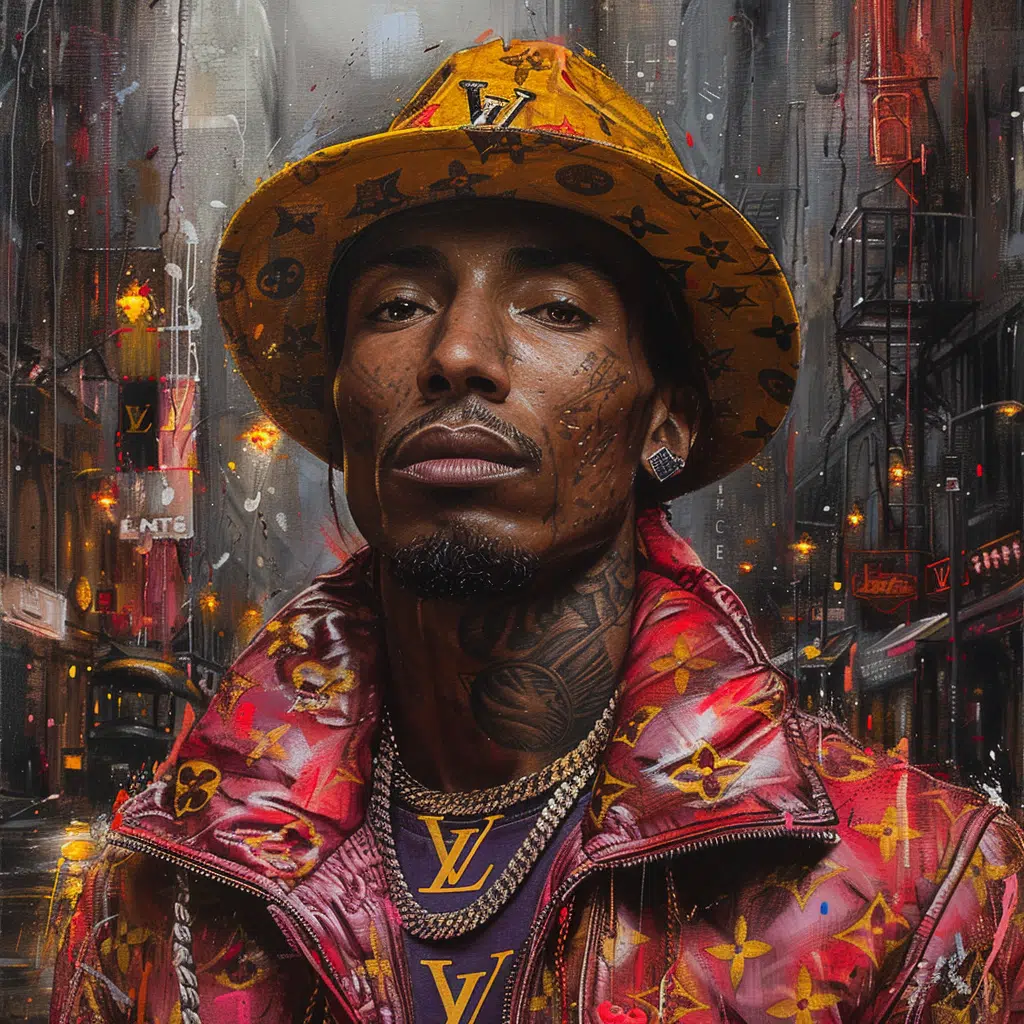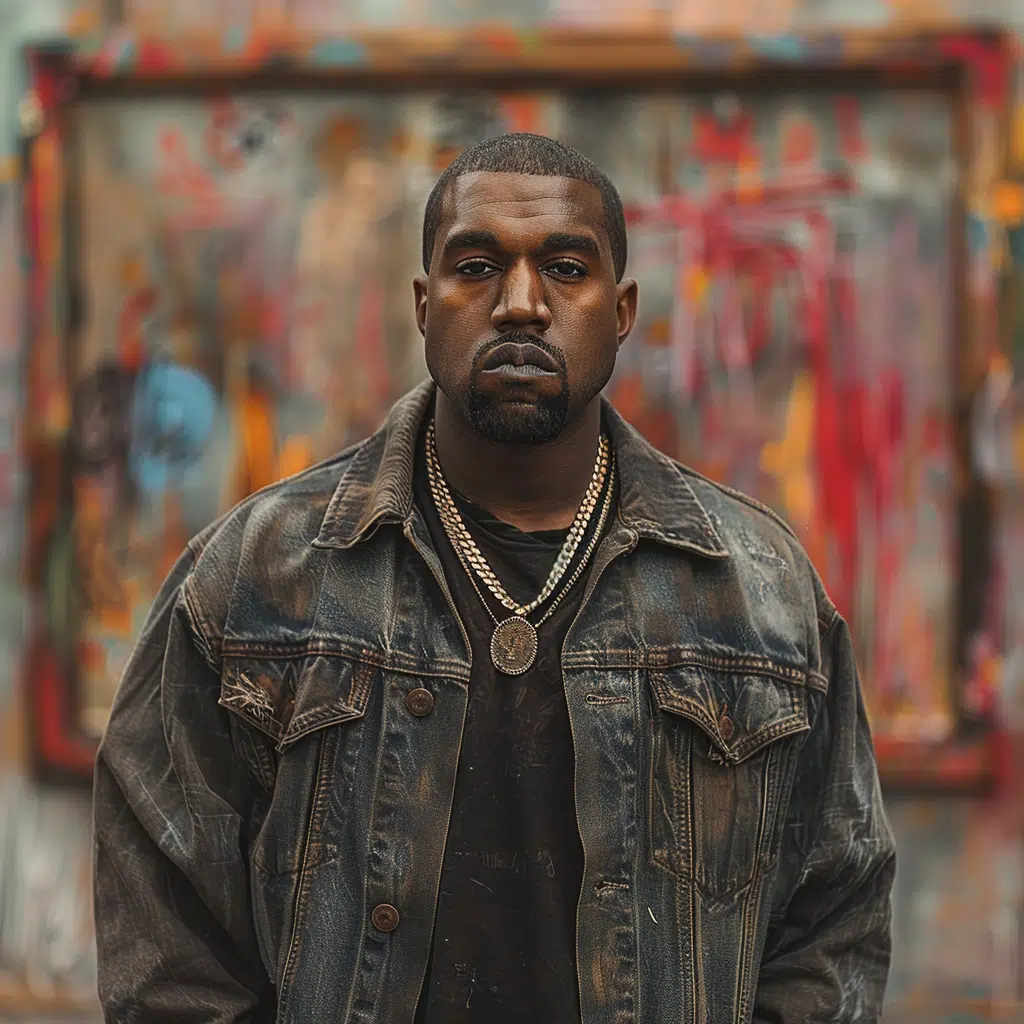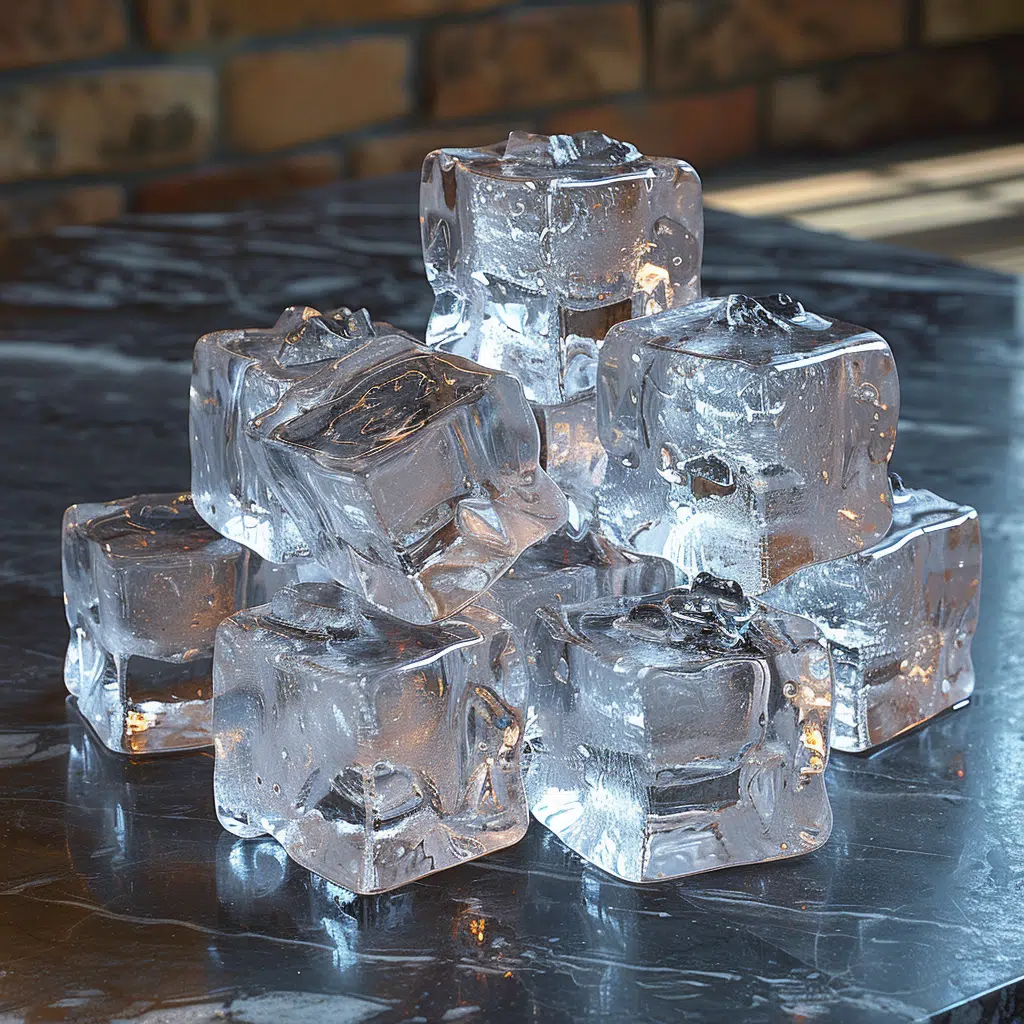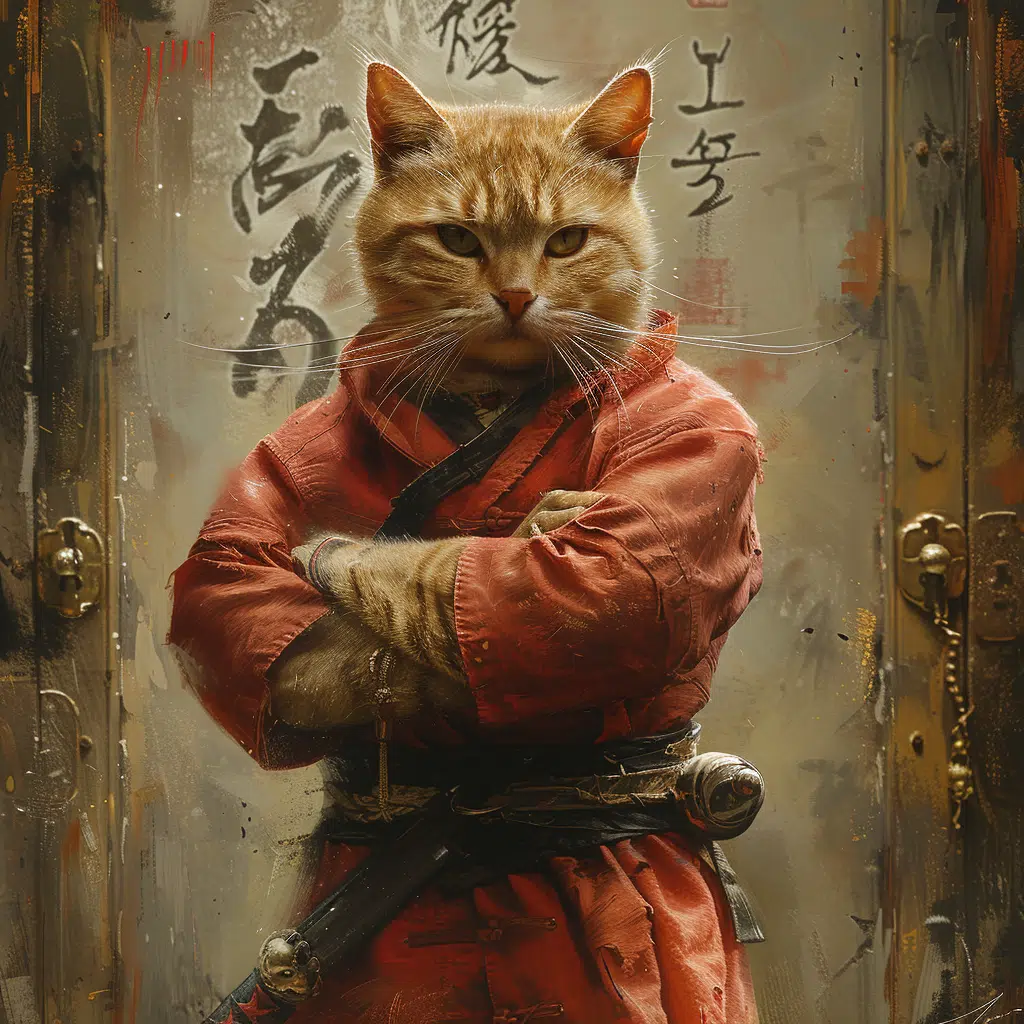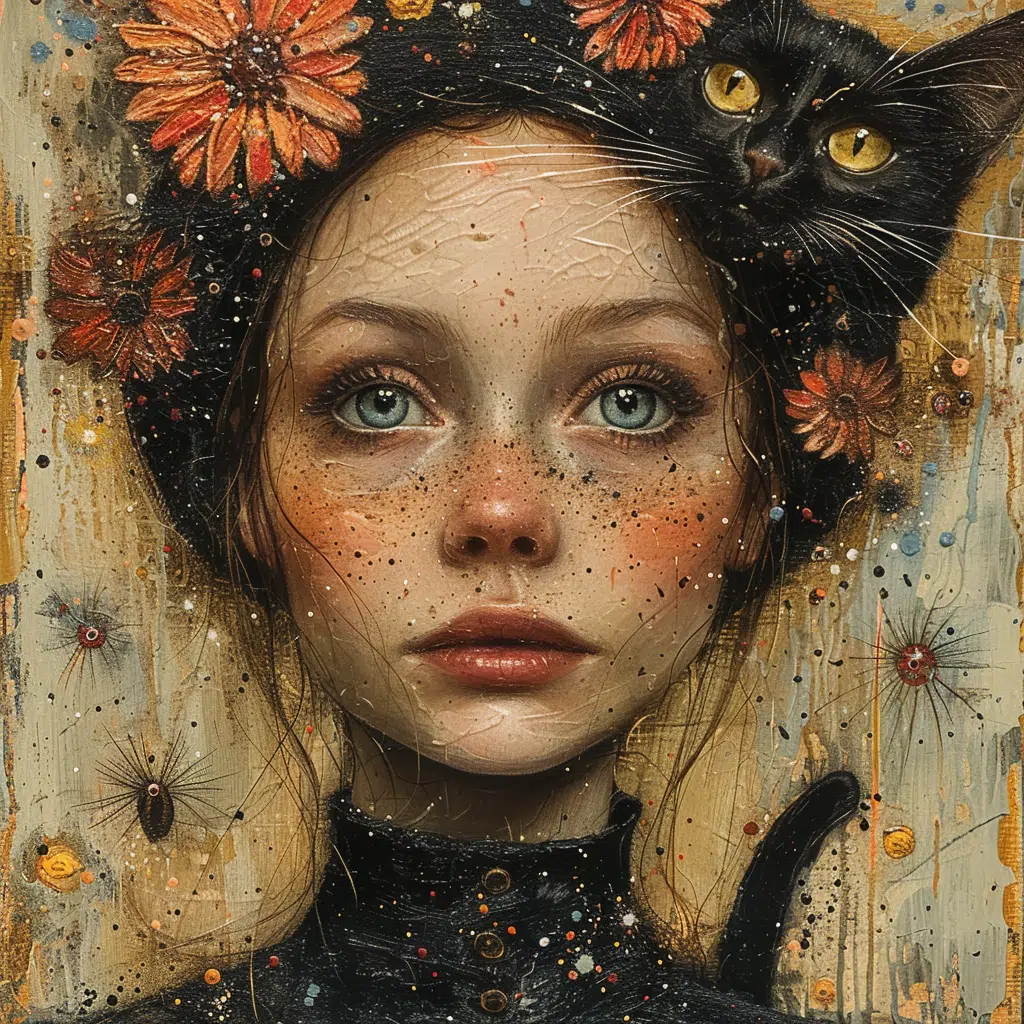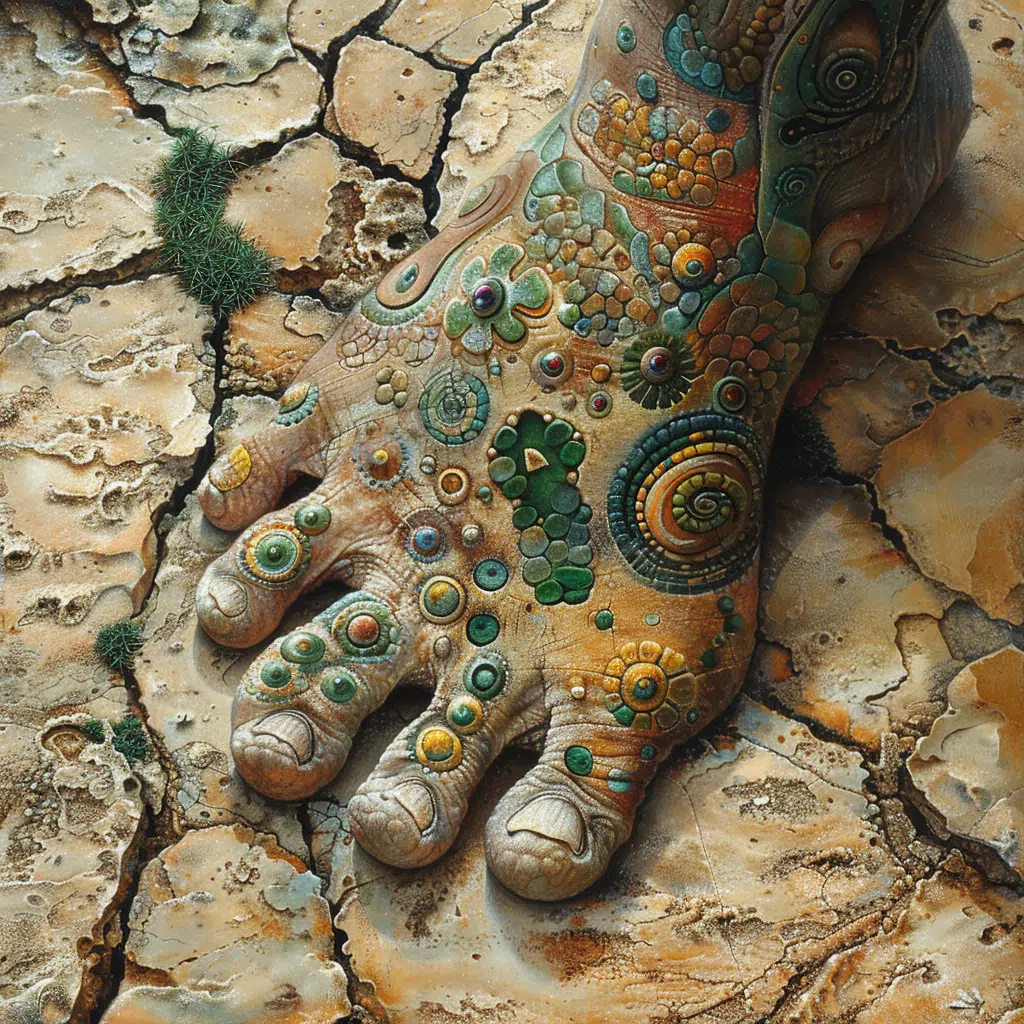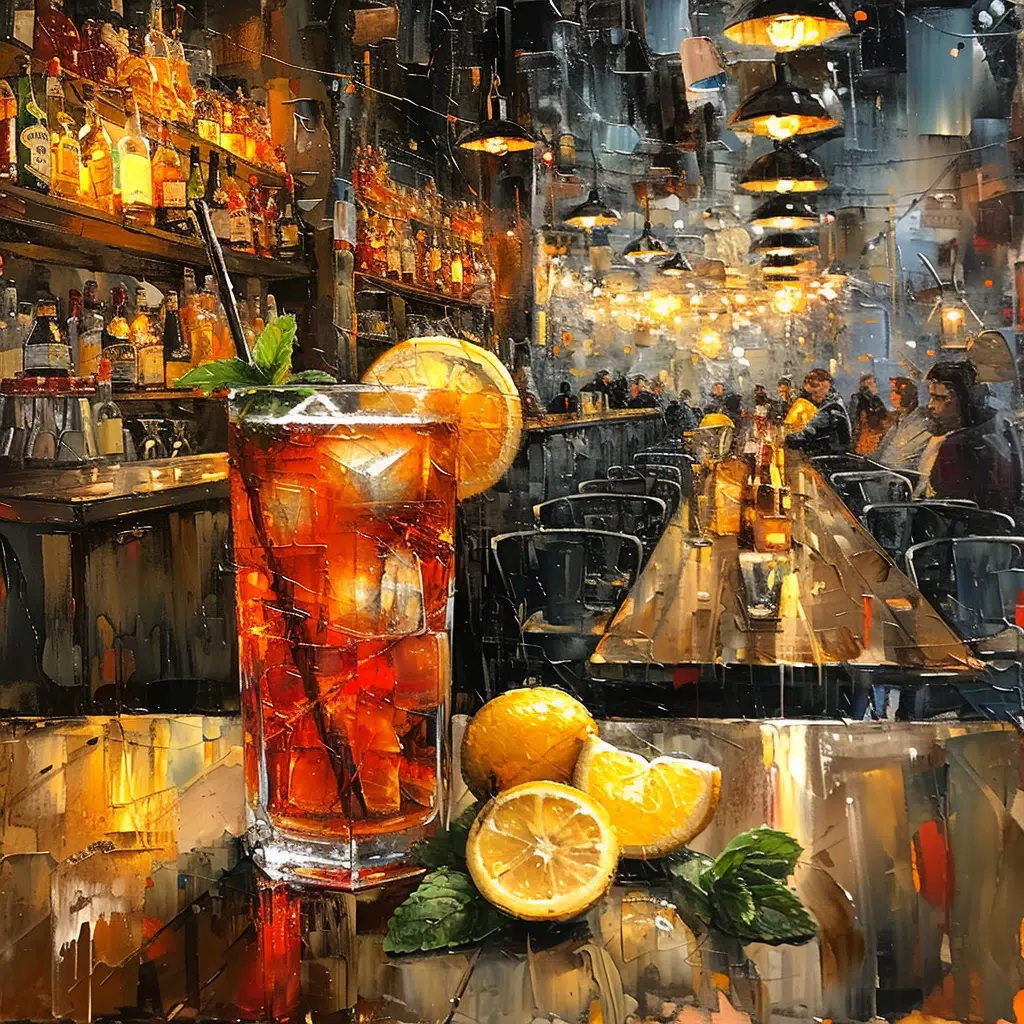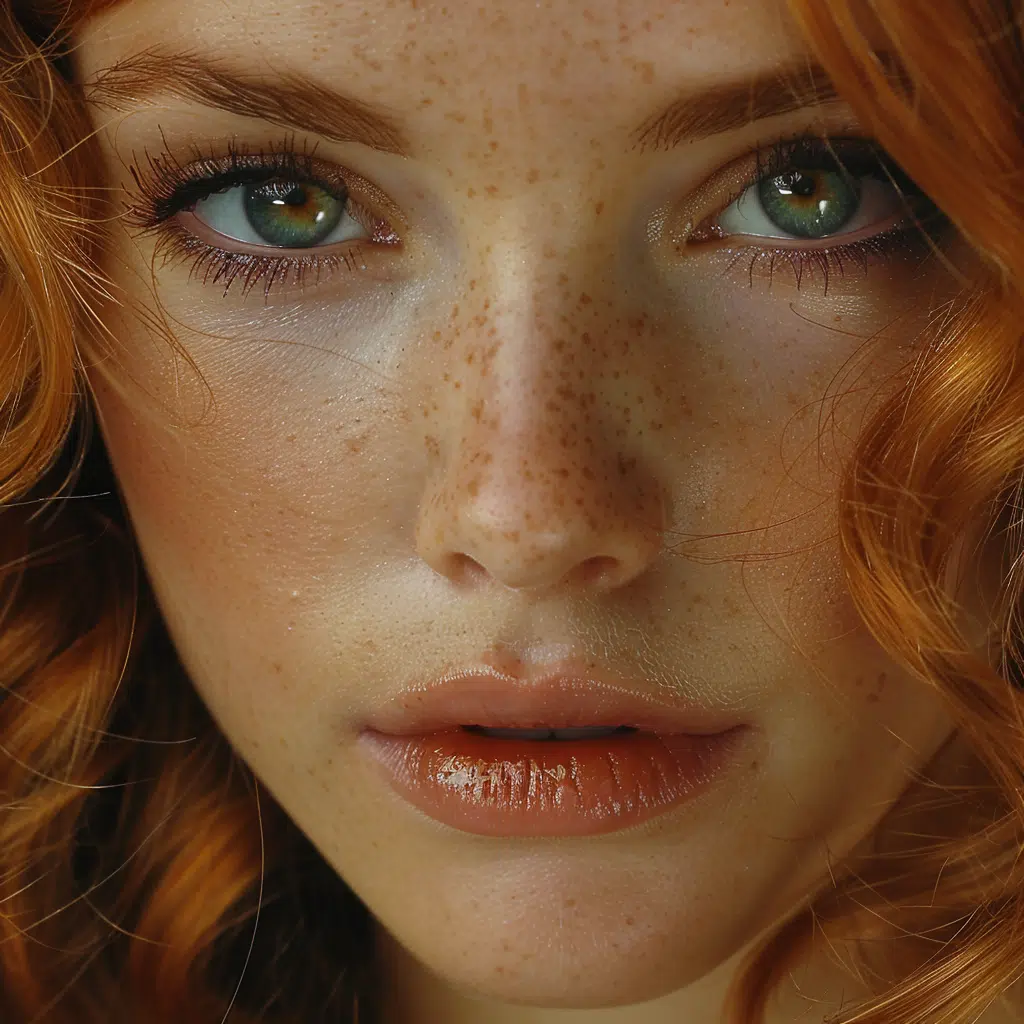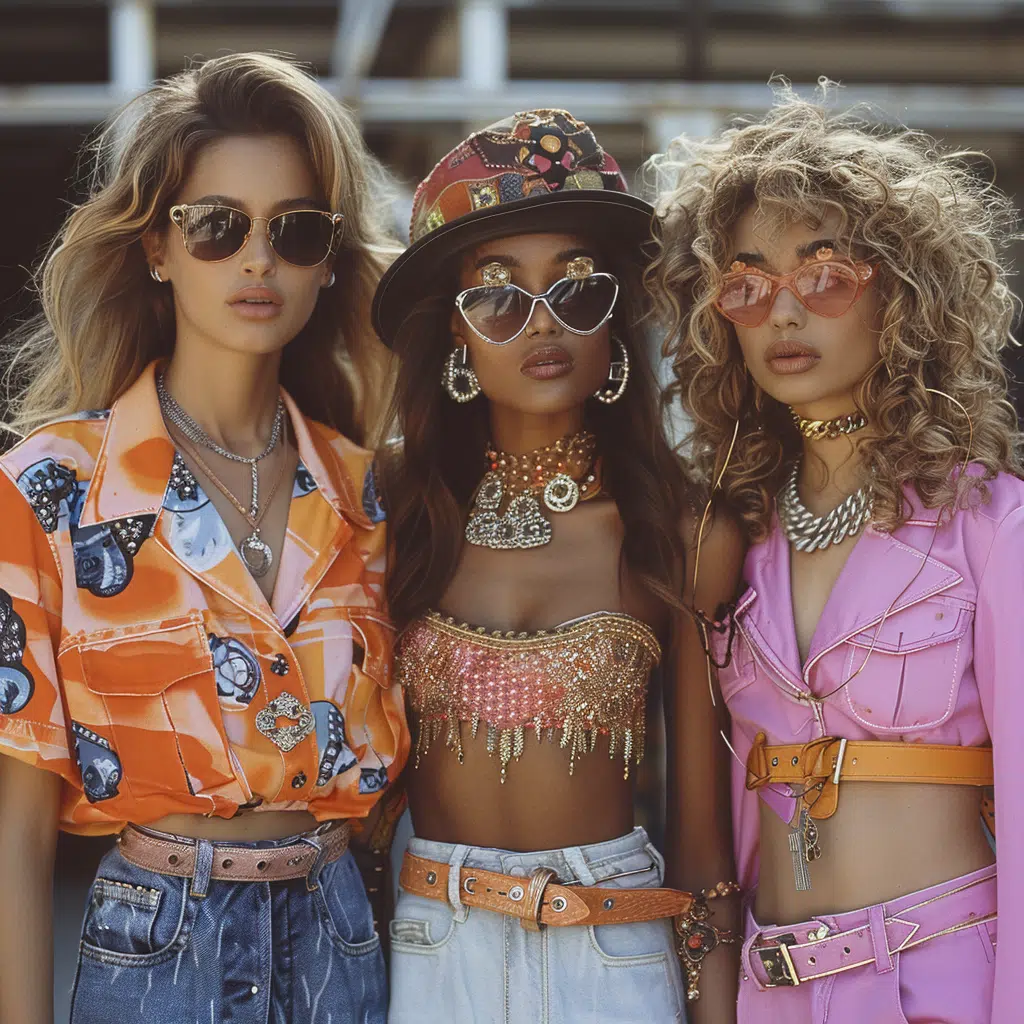Hello, fashion mavens and craft connoisseurs! Are you ready to step into the whimsical world of puppets? Well, hold onto your turtleneck collars, because we’re about to embark on a journey that simultaneously weaves the nostalgic threads of yesteryear with the avant-garde strands of today. As we explore this stage of self-expression, remember, it’s not just about fashion; it’s about passion. So, let’s give a standing ovation to the unsung heroes of fabric and fuzz—puppets!
Crafting Puppets: A Fun Exploration for Hobbyists and Families
Oh, beloved puppets, how you capture the heartbeat of imagination! The word “puppet” takes us on a lexical trip from the Latin pupa—speaking of tiny declarations of drama—and Middle English popet, a term as cute as a button on a velvet revolvers jacket. Isn’t history just the bee’s knees?
Bringing Characters to Life: The Art of Puppet Creation
Let’s trip the light fantastic back in time when our puppet predecessors were merely cloth and string. Fast-forward to today, and we’re getting jiggy with all sorts of materials – felts, foams, and fabrics oh my! Our contemporary Geppettos know that every stitch counts and every material chosen is a silent soliloquy in texture.
From the intricate marionettes—a dance of delicate strings—to the hands-down family favorite hand puppets, the making of these endearing entertainers is both a craft and a crescendo of creativity. A puppet is not just a doll; it’s a character yearning for the breath of life, a blank canvas craving vibrant color, texture, and personality!
Handpicked Selection: The Most Adored Puppet Types
Darlings, let’s meet some A-listers on strings and sticks. We’ve got the crème de la crème like the ultra-sophisticated marionettes, high-maintenance but oh-so-worth-it, especially when you gaze upon their elegance mid-performance. Then, there’s the rod puppets—a bit like the marionettes’ minimalist cousins—simple, yet each with a style and sass all of their own.
Who could skip the Sesame Street alumni that have wiggled into our hears with every “hi-ho”? Kermit, Miss Piggy, and the rest of The Jim Henson Company’s pantheon have shown us that a little felt goes a long way.
Puppeteering Techniques: How to Animate Your Creations
Indeed, what’s a Prada bag without the poise? What’s a puppet without motion? With puppeteering, we leap from seaming seams to dreaming dreams. Just like Jessica Henwick morphs into her roles, a true puppeteer morphs a fluffy figure into a fountain of life.
From Broadway’s “War Horse” hoofbeats to the feather-light touch needed for a marionette’s moonwalk, puppeteering is the invisible thread that weaves magic. And let’s not forget those unseen heroes, like the valiant souls inside the two-person tent of a full-body puppet costume, bringing colossal creatures to enchanting existence.
Puppet-Making 101: Starter Kits and Materials for Beginners
Hold the hot glue gun! Before you fashion your new felt friend, you’ll need the know-how. Enter starter kits—the Muppet Whatnot Workshop and all its compatriots. Just like Naomi Ackie preparing for a role, you need your toolkit set and ready.
These kits serve novices to virtuoso puppeteers, providing the nuts and bolts—no, my dears, not literal nuts and bolts but fabrics, patterns, and eyes that sparkle with potential. This glittering array of puppet paraphernalia provides the first pen stroke on your puppet-making manuscript.
| Puppet Type | Origin/Roots | Primary Material | Mechanism | Common Uses |
|---|---|---|---|---|
| Marionette | Latin “pupa” > Old French “poupette” | Wood, cloth, wire | Multiple strings and sometimes a central rod | Theater, film, television, storytelling |
| Rod Marionette | Ancestors to marionettes | Wood, cloth | Single rod attached to the head | Street performances, traditional shows |
| Hand Puppet | Varied origins | Cloth, latex, foam | Hand insertion into the puppet | Children’s shows, education, entertainment |
| Rod Puppet | Various cultural origins | Wood, fabric, foam | Slender wands from below | Cultural performances, education, puppetry art |
| Shadow Puppet | Historic Asia (China, India, Java) | Leather, paper | Transparent screen, light source behind | Storytelling, cultural events, traditional narratives |
| Ventriloquist Dummy | Originated from ventriloquism | Wood, cloth, plastic | Hand insertion, articulated mouth | Comedy, entertainment, drama |
Puppets as Teaching Tools: Educational Value in Play
Whoever said education was all textbooks and boredom? Toss that notion out with last season’s Mackage coat! Puppets are here fluttering into classrooms, teaching tots and teens alike. These fuzzy philosophers incite discussions, inviting giggles and growth in one fell swoop.
And hark! Psychologists and educators trumpet the value of puppets in development, favoring them for nurturing language, spinning stories, and expressing emotions. It’s akin to the developmental delight that emerges when Beyonce’s twins harmonize in play and discovery.
DIY Puppet Projects for Family Bonding
Picture it, the perfect Sunday: you, the kids, and a table scattered with the makings of your very own puppet troupe. It’s more bonding than a family-sized tube of super glue! Here’s a playful prescription for happiness: for the little squirts, charming hand puppets, and for those with a tad more patience, perhaps a rod puppet needing a bit of finesse.
Threading needles, cutting patterns, and ogling over google eyes could very well be the cozy craftscape of familial love and learning. Plus, it’s a chance to be fashion-forward in the puppet world. Shall we stitch a tiny turtleneck?
From Screen to Stage: The Most Inspirational Puppet Shows
From the grandeur of “The Lion King” with its puppetry prowess to the enchanting screen spectacle of “The Dark Crystal: Age of Resistance,” puppets transcend mediums like a maestro wielding a baton. These shows aren’t just entertainment; they’re the very vanguard of visual poetry.
How can one resist the allure of puppets on stage, with their delicate dances and silent songs? They captivate, they inspire – and honey, they do it all without stepping into the limelight.
Puppet Maintenance and Care: Preserving Your Fuzzy Friends
Let’s not beat around the bush: if you want your puppets to look more timeless chic than last season’s fad, it’s all about the upkeep. The key is to love and to launder appropriately. Professionals from the Center for Puppetry Arts aren’t dishing the dirt—they’re telling us how to clean it off!
Regular grooming and proper storage can transform your puppets from drab to fab. Think of it as the spa day your cotton-crafted comrades rightly deserve. After all, their charisma only shines as bright as their last clean.
Marketplace Must-Haves: Where to Buy Quality Puppets for All Ages
While DIY is dandy, sometimes a ready-made touch of theatricality is what your heart desires. Tap into your inner chic shopper and sashay towards specialty stores or pirouette down to platforms like Etsy. There you’ll find masterpieces from puppeteers who’ve poured their souls into every stitch.
These aren’t just puppets; they’re statement pieces—whether you’re going for high-brow artistry or the joyous fun of a beloved childhood muppet. Sometimes, the pièce de résistance of your living room could be a whimsical creature perched on the settee!
Joining the Puppetry Community: Forums, Conferences, and Festivals
Feeling the social butterfly fluttering in your belly? Spread those wings and soar into the grand stage of puppetry communities. With forums to frolic in and festivals like the World Puppetry Festival to frequent, there’s a place for every puppet aficionado.
At the heart of these gatherings is the shared language of love—for puppets. So, schmooze with the initiated, swap stories with the skilled, and schlep your puppets for peer admiration. It’s the fashion runway for our articulated amigos.
Conclusion: A World of Possibility with Puppets
In conclusion, dearest readers, the world of puppets is a tapestry teeming with vigor and vivacity. From crafting your inaugural puppet out of a humble sock to applauding the grandeur of grandiosely garbed marquee marionettes, these creations bridge generations, cultures, and yes, even wardrobes.
For families, for educators, for collectors, and for those who still imagine, puppets hold the strings to our hearts, tugging us towards joy, laughter, and boundless creativity. So, as you journey forth, may your days be stitched with happiness, your nights filled with enchanted storytelling, and your closets… well, let’s just say, may your closets always reserve space for one more splendid puppet!
Puppets: A Whirlwind of Facts and Craft
Puppets have a mysterious way of weaving stories that captivate the young and the young at heart. Speaking of heart, did you know that it takes a whole lot of love (and a bit of good old-fashioned elbow grease) to create a single puppet? It’s a labor of love that’s quite similar to setting up a 2 person tent, where every peg and pole plays a crucial role in the final presentation. Even though a tent can stand tall against the whispering winds, a puppet comes to life with a gentle tug string and a dash of imagination.
Now, let’s talk logistics. The process of crafting a puppet could be compared to understanding Pods moving cost – there’s a range! Just as you can’t box up a house’s memories without some expense, neither can you create a puppet without investing in quality materials and time. Moving can be quite the production, not unlike a puppet show where every move counts.
And speaking of doubles, did you ever wonder about the fascinating fact that motherhood and puppeteering might share a common thread? Take Beyonce twins for instance – just like Beyonce juggles her twins with grace, a skilled puppeteer manages multiple puppets, making sure each one has its moment in the limelight. Puppeteers, like parents, must master the art of multitasking, ensuring each character plays their part perfectly in the grand show of life.
Sure, you might not expect puppet crafting to mirror the intricacies of camping or moving logistics, but hey, that’s the beauty of trivia – it’s full of surprises! Or consider the twins analogy – it’s a quirky connection, but it’s got a ring of truth to it, right? The world of puppets is full of these little nuggets of wisdom, and digging them up is half the fun. Who knew puppets could teach us so much about life’s various tent poles, moving parts, and dynamic duos?
Why is it called a puppet?
– Well, the name “puppet” hails from way back when—think Latin old, folks! It’s like a language family tree that started with ‘pupa’ for a doll, morphed into French ‘poupette’ and English ‘popet,’ and bam! We’ve got “puppet.” And if you’re picturing dolls, you’re spot on—just pull some strings or give ’em a hand… literally!
– Oh, you’ve got your pick of the puppet clan! There’s the string-slingin’ marionettes, the hand-huggin’ gloves, and the slender stick-wielding rod puppets. Imagine a family reunion where everyone pulls your strings or gives you a hand—that’s what these puppet families are like!
What do you call those puppets?
– In the puppet big leagues, we call ’em marionettes—and boy, are they complex! These high-end string superstars have a network of strings and sometimes a central rod that makes them move like they’ve got a mind of their own, all thanks to the puppeteer magician up top.
What are professional puppets called?
– The folks with the real magic touch are known as puppeteers—they breathe life into those charming inanimate characters. Picture them as the life of the puppet party, creators of illusion, turning the lifeless into storytelling legends with just a flick of the wrist!
What do you call a person who uses puppets?
– Oh, the Muppets? They’re a special breed, like close relatives at a family BBQ. They’re not your everyday puppets but a brainchild of the legendary Jim Henson. He coined “Muppets” to set his whacky, lovable creations apart—think of it as the family nickname that stuck!
Why are Muppets not called puppets?
– Brace yourself for a trip down a very vague memory lane—because the first-ever puppet? That’s lost in the mists of time. We’re talking ancient times, folks! These original silent performers were likely simple, created to bring legends and moral lessons to life.
What was the first puppet ever made?
– Puppets aren’t just toys—they’re tiny mirrors reflecting our stories, beliefs, and sometimes, our follies. They symbolize different things in cultures around the world, often teaching, entertaining, or even poking fun at society. They’re like miniature actors with a colossal cultural script!
What do puppets symbolize?
– Now, who was the original puppet master? That’s a question lost to the ages. But whoever it was, they were probably one heck of a storyteller, giving life to little characters that could captivate an audience without uttering a word.
Who made the first puppet?
– Our green pal Kermit the Frog? He’s a hand puppet—a superstar in that category. Imagine slipping on a glove and it suddenly bursting into song—that’s the kind of performance Kermit delivers, all with the magic touch of a puppeteer’s hand.
What type of puppet is Kermit the Frog?
– Wizard behind the curtain? More like the master above the stage! A puppet master is like the captain of the ship, steering the strings, rods, or hands that bring those delightful puppets to life for our oohs and aahs.
What is a puppet master called?
– The crimson charmers? They don’t really have a special name—it’s all about their color. Think of it as if they’ve just got a bit more blush on their cheeks or are always caught in a perpetual blush, those adorable little red puppets!
What are red puppets called?
– Picture a puppet yapping away—that’s all thanks to ventriloquism or a clever little speaker hidden inside. The puppeteer’s skill or some tech trickery makes it seem like the puppet’s chattering away, gossiping without the need for tea or biscuits!
How do puppets talk?
– Ventriloquists are like word ninjas, dodging lip movements as if their lives depended on it. To say “P” without moving their lips, they swap in a sound like “B” or “D” and hope the audience’s ears play along with the illusion. Sneaky, huh?
How do ventriloquists say P?
– There are enough puppetry forms to fill a talent show! The big three are marionettes on their stringy thrones, hand puppets like wearable storytelling gloves, and rod puppets—a slender stick’s throw away from being a wand-wielding wizard.
What are 3 forms of puppetry?
– So, we’re circling back, huh? Puppets are called puppets ’cause of a linguistic journey from Latin ‘pupa’, French ‘poupette’, to the English ‘popet’, finally settling on “puppet”. It’s like a name passed down through the family tree but with more languages involved.
Why are puppets called puppets?
– A puppet’s gotta have the magic touch—a hand, a rod, strings, or even tech to make it seem alive. It’s like the difference between a teddy bear and your favorite animated cartoon character—bring in some movement and voilà!—you’ve got a puppet show!
What makes a puppet a puppet?
– Got your strings crossed? “Puppet” is your go-to for the whole gang, but “marionette” is VIP—for the high-fliers of the puppet world, those fancy figures on the strings. It’s like calling every fizzy drink “soda,” but only the real deal gets the “Coca-Cola” tag.
Is it called the puppet or marionette?
– Dive into the nuances: a puppet can mean any character brought to life by a person, strings or no strings. But a marionette? That’s a specific star of the show, dancing on a set of strings like it’s on a cosmic trapeze. It’s the difference between calling someone a musician versus a violinist—specifics, people, specifics!




